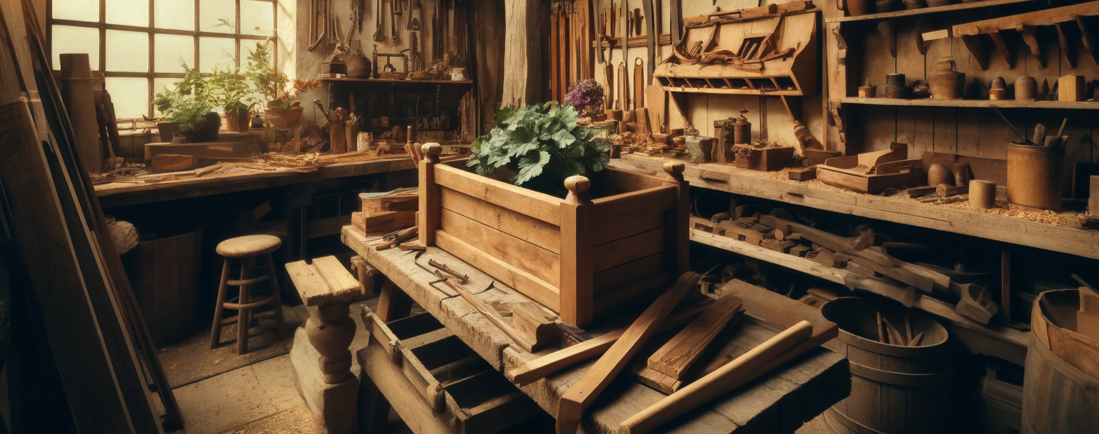
Old School Craftsmanship and Quality
Our tools have changed but our dedication to Old School ideals have not.
Three Pillars of Quality Woodworking
Value comes not from being cheap, it comes from being the combination of quality and price that best fits your own needs.
Precision and Measurement
- Accurate measurements and cuts are foundational to woodworking. Using proper tools like rulers, squares, and calipers ensures that joints fit perfectly, and pieces align as intended.
- Mistakes in measurement can lead to wasted materials and structural issues, so "measure twice, cut once" is a core principle.
Material Selection and Preparation
- Understanding the properties of different types of wood (e.g., hardwood vs. softwood) is critical. Each type has unique characteristics like grain pattern, hardness, and moisture content that affect how it can be worked.
- Proper preparation, including planing, sanding, and treating wood, ensures smooth finishes and long-lasting durability.
Joinery and Assembly
- The strength and quality of a woodworking project often depend on the type of joints used, such as dovetail, mortise-and-tenon, or biscuit joints. Selecting the right joint for the project enhances structural integrity and aesthetic appeal.
- Attention to detail in gluing, clamping, and finishing ensures a sturdy and professional result.